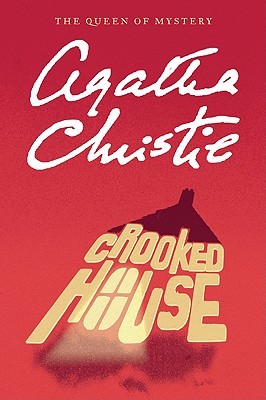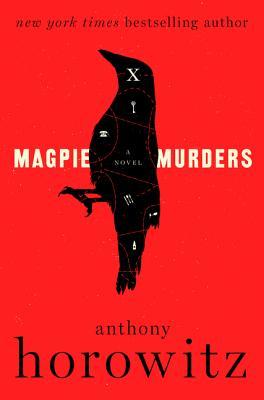I read somewhere recently that American mystery writer Elizabeth Daly was one of Agatha Christie's favorites. Ms. Daly published sixteen books starring amateur sleuth Henry Gamadge between 1940 and 1951.
What makes Henry Gamadge such an attractive character is that he is an expert in rare books and manuscripts. He lives in a multi-storied house in New York City, has a cook and a butler, and is helped in his investigations by his shy assistant. Gamadge is in his mid-30s and has Old World sensibilities. I liked him.
Murders in Volume 2 was my introduction to him. Because I have never been good at reading between the lines, I must admit I had a little trouble following some of the dialogue - which may have been due to birthday cake overdose - but by the end I felt that it was a good solid story. The plot has to do with a family inheritance, a missing volume of Lord Byron's poetry, spiritualists, theater folk, an impostor, and murder.
Of course, murder.
Because I am a sucker for descriptions of desks and workspaces, this passage caught my eye:
This seemed to be Miss Vauregard's workroom. A small, curly desk which Gamadge thought must be the first and only one she had ever had was littered with bills, address books, laundry lists and canceled checks. There was a little ancient typewriter on a table in front of a window, with telephone directories piled on the floor beside it.
And these lines, describing a friend of Gamadge's, made me laugh out loud:
The young man seemed more disheveled than he actually was. He was a type whose lumbering bigness requires continual valeting.
This was the third book in the series. I like to read a series in order to watch the characters develop, but this was the first one that was available in my library's ebook collection. Based on this example, I think there will be more Henry Gamadge mysteries in my future.








